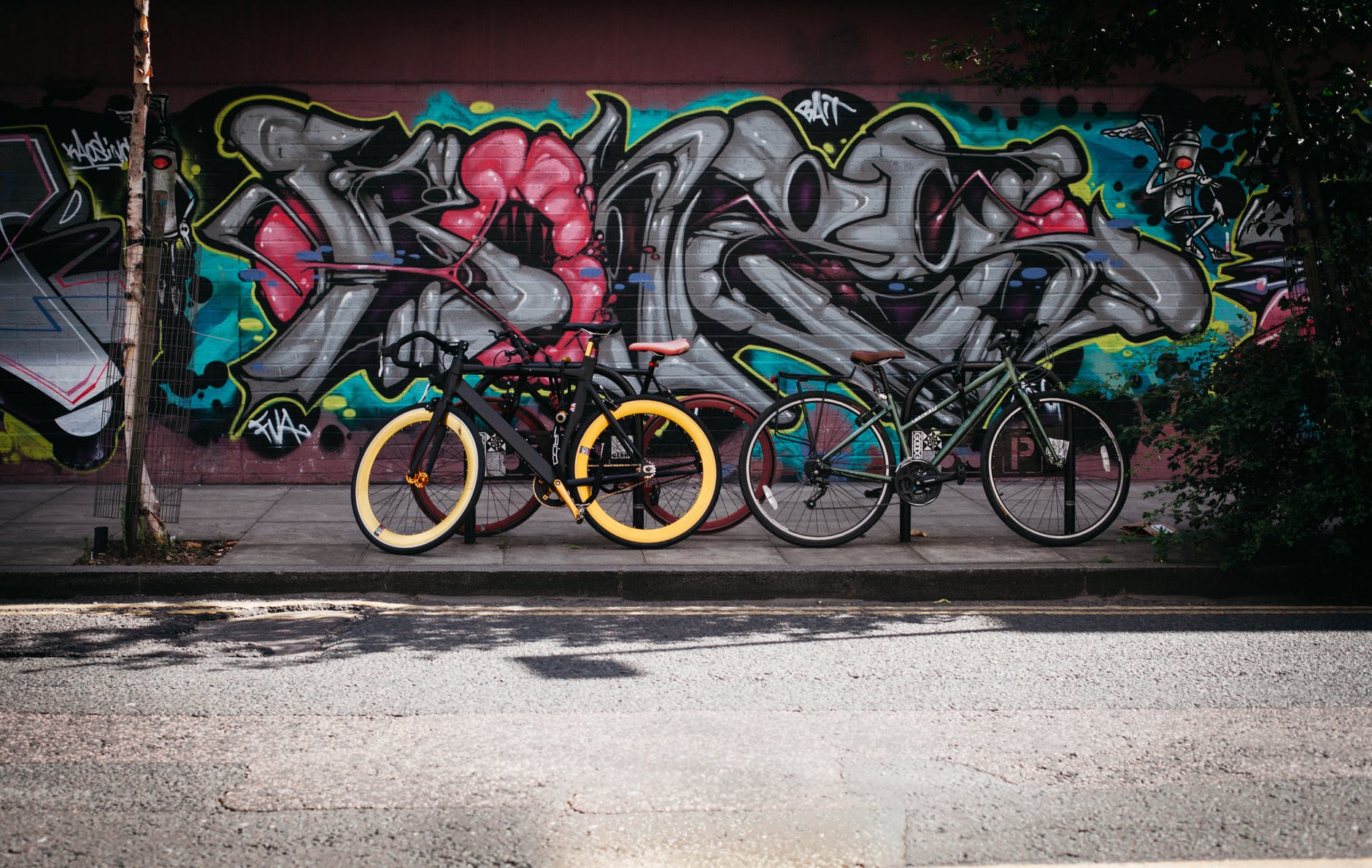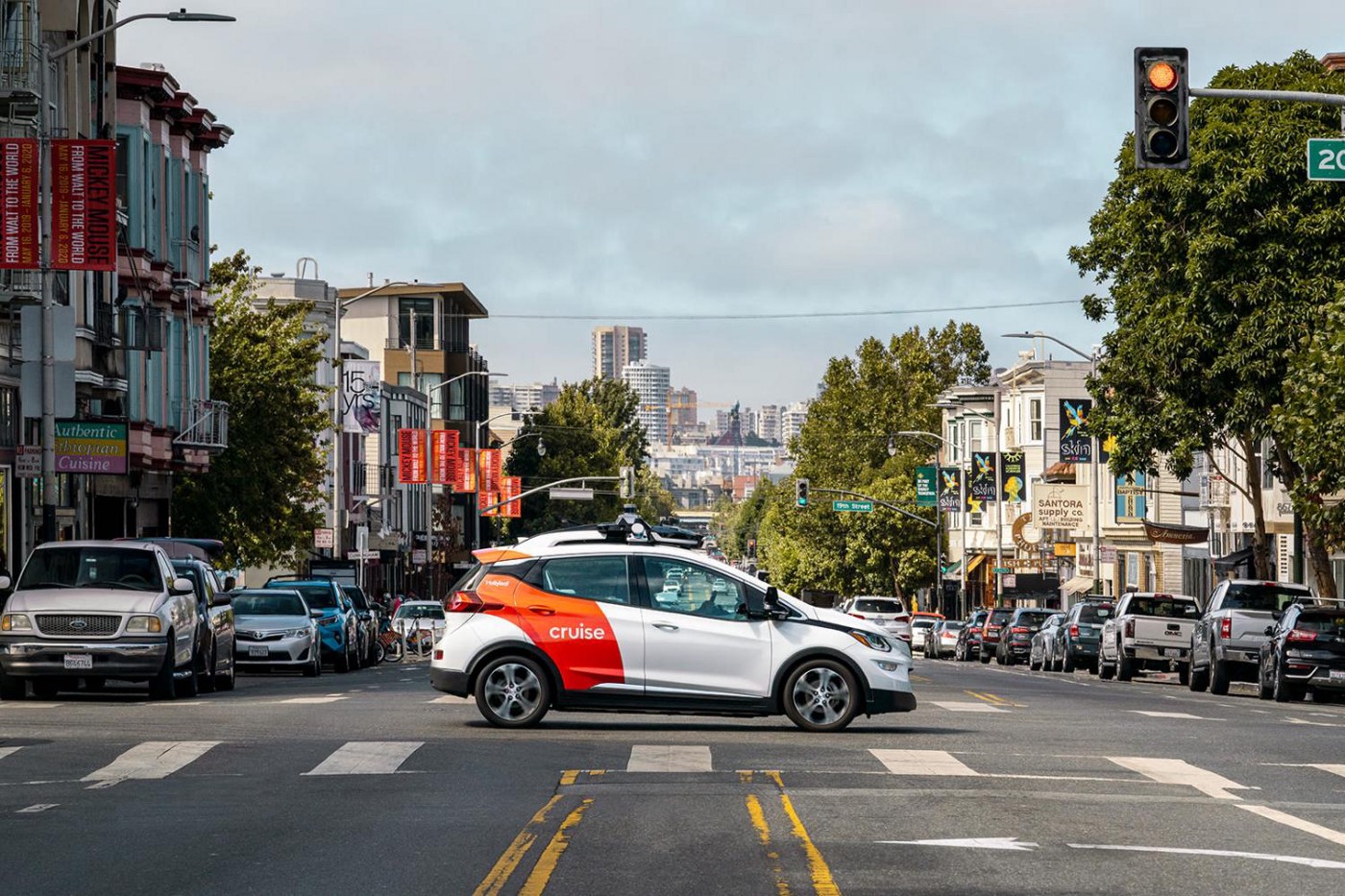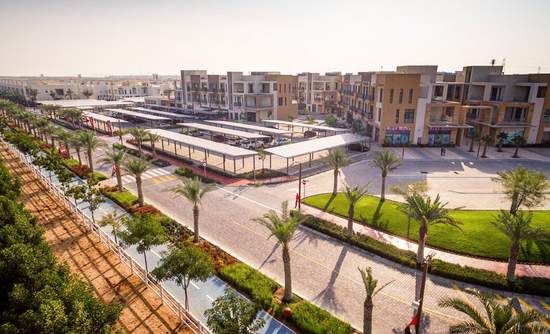With every population, urban or otherwise, carbon footprints collect like dirty clouds in the wake of human movements. Ironically, these footprints are often more like wheel tracks: roughly a third of America’s emissions caused by the transport of people and goods, 80 percent of which can be attributed to cars and other road vehicles.
The world’s cities are far from immune to travel’s impact on the planet, as many densely populated metropolises are crammed with vehicles. These cars, which zip between skyscrapers and line narrow streets, often belong to commuters that travel significant distances each day and emit Co2 all the while. Even idling cars are problematic, as emissions increase the more time is spent on the road accelerating and decelerating.
With urban populations growing, the opportunity to make city transport greener is one worth a deep dive for urban planners. Cities already have a leg up when it comes to sustainability: with robust public transportation systems in place, cities have lower footprints than their suburban counterparts. As downtown revitalization attracts a greater number of residents into cities that can live, work, and shop locally, cars may be rendered an unnecessary luxury in due time.
The rise of eco-friendly transport
The US is home to several cities considered eco-friendly; because of its public transportation and commitment to green initiatives, New York City is one of them. But it wasn’t always this way — in fact, many of America’s cities were influenced by the 1939 New York World’s Fair imagining of an ideal, car-based city. This utopic roadway concept took the States by storm post-war, after which car ownership skyrocketed and roadways sprawled.
Cities in Europe, on the other hand, were never designed based on the assumption that private cars are the pinnacle of urban mobility. Countries far older than the US boast more compact and walkable city streets. We know now that the World Fair was wrong, and author Jane Jacobs was right: “Traffic congestion is caused by vehicles, not by people in themselves,” she wrote in The Death and Life of Great American Cities. Cities that invested in car-based infrastructure have proven to be less environmentally sustainable, among other issues.
As a result of this knowledge, cities across the world, no matter their original design, are striving to decrease their reliance on cars. The financial incentive for this is also clear: city residents without cars save money on automobile-related costs, and have a heightened ability to boost the local economy.
The planet likes bikes
Some cities are ahead of others in this regard, and when it comes to transportation innovations, it’s worth looking to some of the planet’s greenest urban spaces for solutions and ideas.
One prime example is Copenhagen, Denmark, sometimes called the bike capital of the world. 55 percent of citizens here ride a bike every day — it’s estimated that for every kilometer cycled, society enjoys a net profit of 23 cents. Bikers also save the city 90,000 tons of Co2 emissions annually.
Copenhagen’s bicycle culture has been over a century in the making; photographs show Danes in early 20th century biking to and fro enthusiastically. This culture was challenged mid-century by cars, but in the 1960s it became apparent that their prominence was leading to traffic accidents and congestion. To counter this, Copenhagen put energy and investment into extensive cycling infrastructure and branding campaigns.
With over 390 kilometers of bike lanes, Copenhagen’s cycling is not only a healthy, green alternative to driving, but a well-defined symbol of freedom and personal energy. The Danish city continues to expands their bike culture with new policies, marketing initiatives, projects, pathways and more.
Other cities look to Copenhagen as an example, and the idea is certainly catching on — and not only in Europe. Buenos Aires in Argentina has become a latest poster child for urban biking, and Chinese city Hangzhou boasts the largest bike share in the world with a 78,000 fleet.
Have feet, will travel
Cites that are pedestrian friendly also tend to be much greener than car-centric ones. When urban space is made walkable — a task that may take development and beautification — residents rely less on cars and more on their feet. Some cities have even closed down roads to cars to create public walking spaces. You can see examples of this in New York City, where Times Square has been transformed into a shiny, commercial pedestrian paradise.
There are many big cities cutting down on cars, including London, Madrid, and Hamburg, in addition to already mostly car-free cities like Venice, Freiberg, and Groningen. Cities like Istanbul and Mexico City are also embracing the importance of people-oriented mobility to incredibly promising results.
Pedestrianization has been touted as a great necessity in urban design: it preserves the health and safety of city residents, reduces pollution and noise while improving tourism, and heightens retail income and community involvement.
Air, land and sea
Part of reducing reliance on cars means finding alternative ways for people to travel. This goes much further than biking and walking: there are many other complex systems of transport including travel via bus, tram, boats and more.
Perhaps the quintessential example of a carless city is Venice, which was built with canals instead of streets. Though some boats there are indeed pollutants, the city is accessible by foot and gondola.
Medellin, Colombia takes the concept of gondolas to a new level, literally: the city implemented gondola lifts called metro cable that go up and down the city’s steep mountainside. This is part of a greater metro system called Metro de Medellin, which saves 175,000 tons of Co2 every year along with saving $1.5 billion in respiratory health costs. Areas that were once violent and dangerous have been utterly transformed due to the modern ease of mobility.
Share or beware
Lastly, the share economy is a growing trend in transportation and travel that has proven to be a green alternative to cars and hotel rooms. By renting space in an existing cars and homes, travelers don’t contribute to excess energy consumption.
Carsharing in particular is on the rise everywhere from the US to China, India, Brazil and Mexico. If people share rides, theory has it, car ownership decreases and complements a growing array of public transportation options. Car ownership is already declining, and the Ubers and Googles of the world are knee-deep in plans for a future of automated ridesharing.
Gilles Vesco, a politician that switched the city of Lyon to a sustainable model, agrees that sharing is the future: “Sharing is the new paradigm of urban mobility,” he said. “Tomorrow, you will judge a city according to what it is adding to sharing. The more that we have people sharing transportation modes, public space, information and new services, the more attractive the city will be.”
But non-sharing car-owners should perhaps beware, because the other side to encouraging alternative transportation is discouraging car use. Tolls, gas taxes, high occupancy fast lanes, no-car days and other measures that bar cars can make driving unpleasant and expensive. Maybe this isn’t the fairest way to push sustainable transport, but seems to be working in cities like Portland, where congestion charges have been implemented to cut down on traffic.
100 percent green transport may still be impossible, and the organic dissuasion of excess car use certainly won’t happen overnight. But as we all become more aware of our collective carbon footprints, it wouldn’t hurt to gradually relax our wheels. Instead, we can push for a future of mobility that elevates both community and the environment. The trick is prioritizing these elements over the luxury of plush leather interiors.





